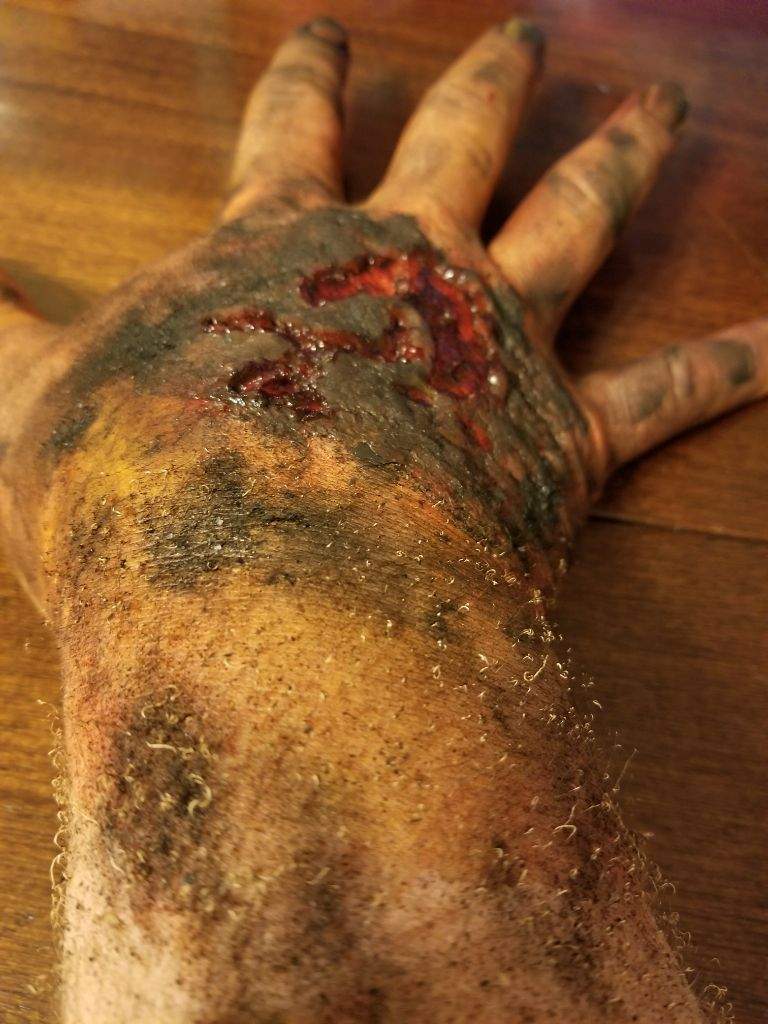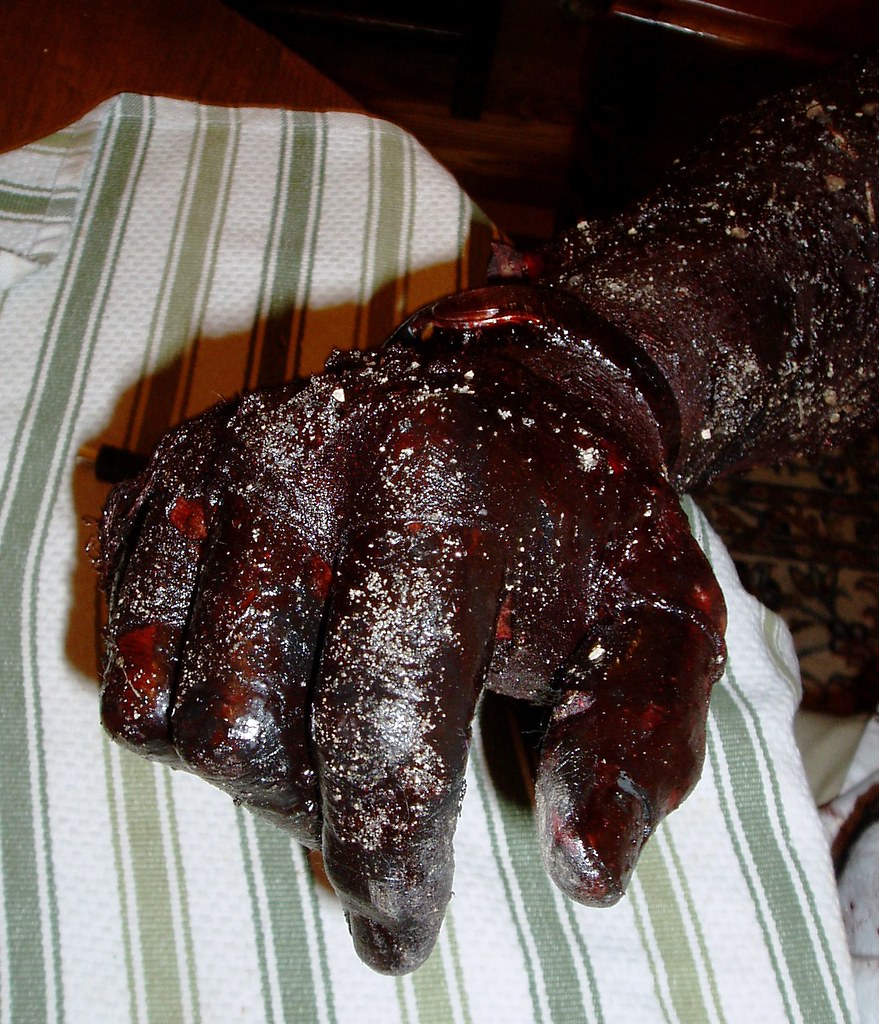

- #Fourth degree burn skin
- #Fourth degree burn full
- #Fourth degree burn professional
Circumferential burns: In cases where a full thickness burn affects the entire circumference of a digit, extremity, or even the torso, this is called a circumferential burn. In addition, eschar makes it more difficult for antibodies and antibiotics to reach the wound site. With severe burns, hard, avascular eschar forms, providing an environment prone to microbial growth. However, this physical barrier is broken with partial or full thickness wounds. #Fourth degree burn skin
Infection: One of the main functions of the skin is to act as a barrier against outside infection. Respiratory: Damage to the airways caused by inhaling smoke, steam, extremely hot air, or toxic fumes. Friction: Caused by friction between the skin and hard surfaces, such as roads, carpets or floors. Chemical: Caused by contact with highly acidic or basic substances. Radiation: Caused by prolonged exposure to sources of UV radiation such as sunlight (sunburn), tanning booths, or sunlamps or by X-rays, radiation therapy or radioactive fallout. Electrical: Caused by contact with electrical sources or, in much more rare circumstances, by lightning strike. Thermal: Caused by fire, hot objects, steam or hot liquids (scalding). Etiologyīurns can be caused by a large variety of external factors. However, most full-thickness wounds are surrounded by wounds of various thicknesses, so these areas may still be painful. Since nerve endings are destroyed along with the dermis, these wounds are typically painless. Often eschar (dry, black necrotic tissue) will form around the wound. Signs & Symptoms of Full-Thickness Burnsįor full-thickness burns, generally the skin will either be white, black, brown, charred, or leathery in appearance. The following approximations can be used for adults:Īdditionally, the palm (not including the fingers or wrist area) is approximately 1% of the total surface area of the body, and can be used to approximate noncontiguous burn areas. #Fourth degree burn professional
Partial- or full-thickness burns on more than 15% of the body require immediate professional medical attention. The "rule of nines" is a method of approximation used to determine what percentage of the body is burned. When the epidermis and dermis are both destroyed and the burn extends down into the subcutaneous tissue, including fat, muscles and even bones, this is referred to as a full-thickness burn (third- and fourth degree burn).Īnother contributing factor to burn severity is how much of the body is affected. For a comparison of the two classification systems, see the table below. For the sake of this article, burns will be described by thickness. However, a more precise classification system referring to the thickness or depth of the wound is now more commonly used. Traditionally, burns are characterized by degree, with first degree being least severe and third degree being most.

Most burns only affect the uppermost layers of skin, but depending on the depth of the burn, underlying tissues can also be affected. Burns can vary in severity from mild to life-threatening. A burn is an injury to the tissue of the body, typically the skin.






 0 kommentar(er)
0 kommentar(er)
